Trending in UI Pencil:
-
 3–5 minutes
3–5 minutesCSS Grid Alignment: Everything You Need to Know
-
 6–9 minutes
6–9 minutesCSS Grid: A Step-by-Step Guide with Examples
-
 4–5 minutes
4–5 minutesCSS Unit Measurement: Your Ultimate Guide with Examples
-
 5–7 minutes
5–7 minutesCSS Flexbox Tutorial – Unleash the Power of Flexibility
-
 2–3 minutes
2–3 minutesHow to Create a Meter Scale from Pure HTML – HTML Meter Tag
-
 2–3 minutes
2–3 minutesHow to Create a Progress Bar from Pure HTML – HTML Progress Tag
Editor’s Choice
-
How to Create an Interactive Minigame with CSS
The arcade-style game is a beloved favorite among players of all ages. In this tutorial, we’ll show you how to create your own Catch-A-Yoda minigame using HTML + CSS only. With a little bit of code and some creative design, you’ll be on your way to crafting a fun and addictive game that users will…
-
![[CSS Guide] Substring Matching to Filter Text Content Selection](https://uipencil.com/wp-content/uploads/2023/02/post_feature_substringmatching.webp?w=325)
[CSS Guide] Substring Matching to Filter Text Content Selection
Have you ever found yourself in a situation where you wanted to style a specific set of elements on a page, but struggled to select…
-

A Beginner’s Guide to Inspect Element in Chrome Developer Tools
With Chrome Developer Tools, you can edit your webpage content in real-time, diagnose front-end problems quickly, and troubleshoot your webpage instantly, You’ll wonder how you…
-

A Complete Guide for CSS @container
The @container CSS query provides a solution for the children’s elements to control their’s CSS style response toward the dedicated reference’s container. This feature allows…
-
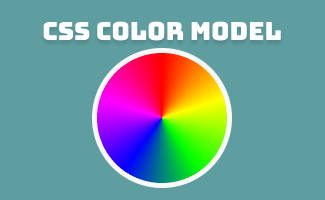
A Complete Guide for CSS Color Model
This article is a complete guide regarding the CSS color model for rgb(), rgba(), hsl(), hsla and hwb(). hsla() is formed by the color components…
-
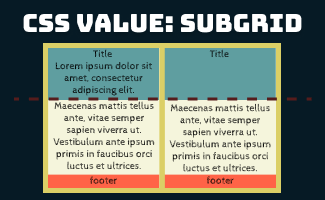
Introducing CSS Subgrid
The CSS Grid Layout Module Level 2 expands on the CSS Grid Layout Module with the introduction of the subgrid feature. The new value “subgrid”…
-

CSS: Quick Examples for first-letter, first-line and More
This article is to introduce how to select and customize the first letter, first line, first child of a particular type and first child of…
-

No JavaScript Needed! Validate Form Fields with CSS Only
This article is a complete guide regarding how to perform a basic validation for form fields (for eg: box) from CSS. By utilizing :in-range, :out-of-range,…
-

Examples: Combining Multiple Background Images in CSS
The use of background images is an essential aspect of web design, and it’s a powerful tool for adding visual interest and personality to a…
-
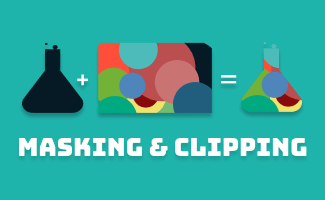
CSS Clipping & Masking: A Comprehensive Tutorial with Examples
The CSS mask-image and SVG is to create a masking layer to control the transparency of an element. The transparency is determined by either alpha…
-
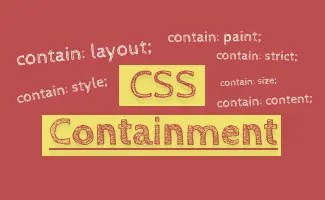
CSS Contain : Boost Your Web Performance
CSS Containment allows developers to isolate a targeted subtree of the page from the rest of the page. By working on the isolation, browser engines…
-
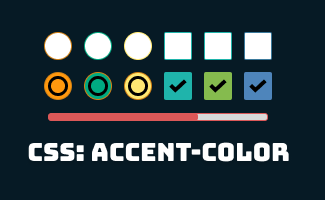
Simplifying Form Styling with CSS accent-color
The CSS accent-color is a CSS property that sets the accent color used by some user agent controls, such as checkboxes and radio buttons. The…
-
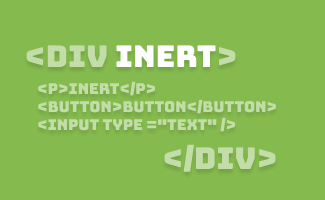
Ignoring User Input Events From Pure HTML: Introducing the Inert Attribute
HTML inert is an attribute to inform the browser to ignore user input events for the element, including user events like focus, hover, click, and events from…
-

-
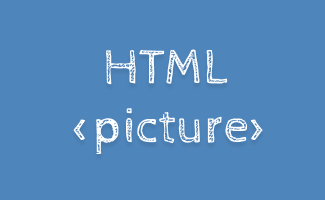
Maximizing Image Customization with HTML Picture Tag
the HTML picture tag allowed developers to have the flexibility to specify dedicated image resources in different scenarios, it provides a solution for responsive images…
-

AVIF vs WebP: Understand Image Optimization in 3 mins
In this article, we will be comparing AVIF and WebP to see how they stack up against each other and against older image formats. We…
-

How @layer CSS helps resolve cascade conflict
The CSS @layer rule allows developers to control the position and stacking order of elements within a web page. The key difference is that with…
-

SVG vs PNG: Understand All in 5 Minutes
In this article, we will explore the strengths, weaknesses, and use cases for svg and png to give you a comprehensive understanding of both image…
-

Must Know Tips to Improve CSS performance
1. Avoid @import CSS What is CSS @import ? CSS @import is the process of importing one or multiple different CSS file into existing CSS file CSS @import load…
Search
Topics
